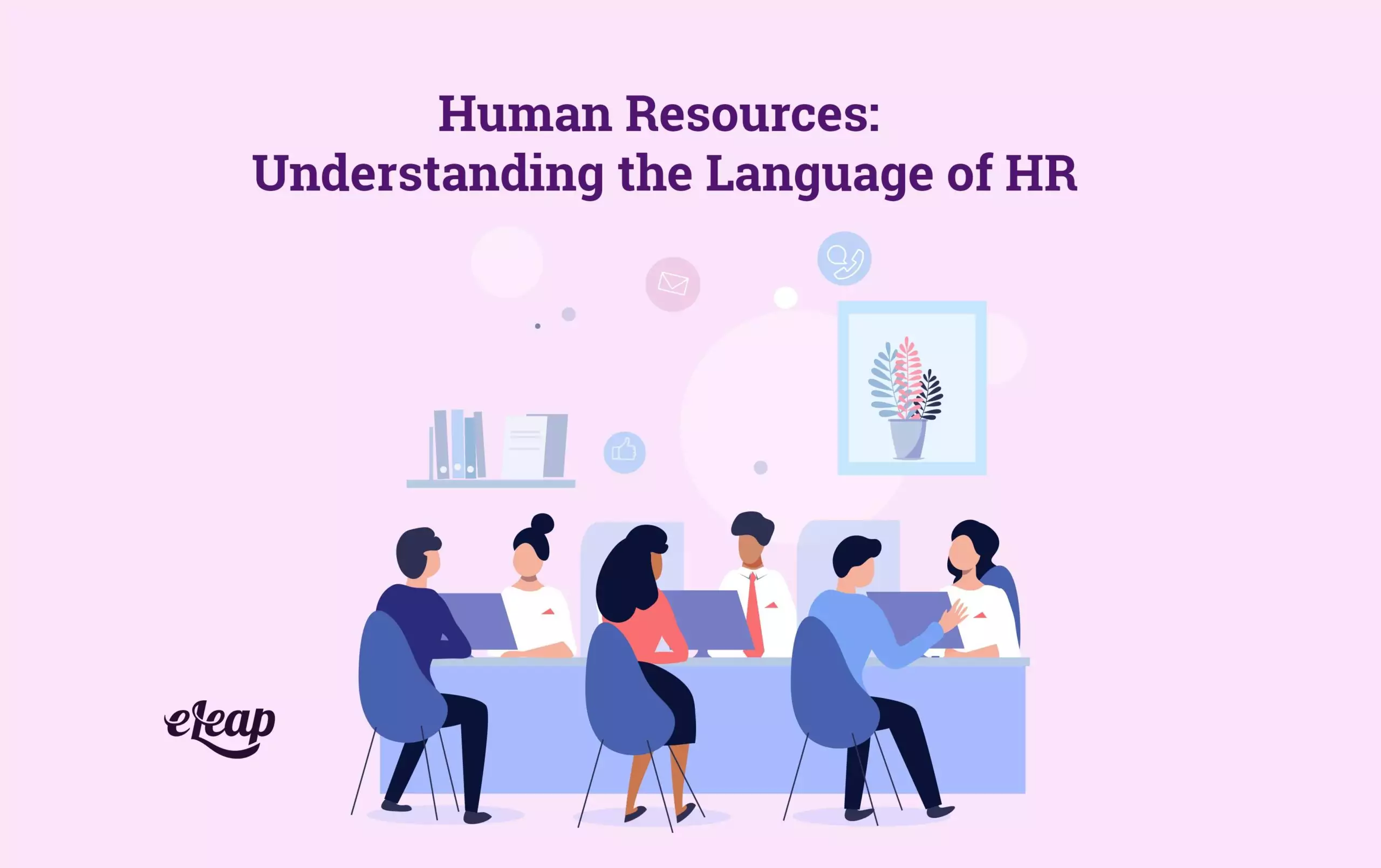Human Resources: Understanding the Language of HR

Human Resources (HR) is an essential department in any organization that focuses on managing and optimizing the most valuable asset: people. HR professionals play a vital role in recruiting, developing, and retaining talent, ensuring compliance with labor laws, and fostering a positive work environment. To navigate the world of HR effectively, it’s important to understand the terminology commonly used in this field. This article presents a glossary of key HR terms that will help you gain a better understanding of the language of HR.
Human Resources Management (HRM):

HRM refers to the strategic approach to managing an organization’s human capital. It involves overseeing various HR functions, including recruitment, training, compensation, performance management, and employee relations. HRM aims to align the workforce with the organization’s goals and create an environment that enables employees to thrive.
Recruitment:
Recruitment is the process of attracting, sourcing, and selecting qualified candidates for job openings within an organization. It involves activities such as job postings, resume screening, interviews, and reference checks. Effective recruitment ensures that the organization hires the right people who fit its culture and possess the necessary skills and qualifications.
Onboarding:
Onboarding is the process of integrating a new employee into the organization. It includes activities like orientation, training, and providing the necessary tools and resources for the employee to start their role successfully. Effective onboarding sets the foundation for a positive employee experience and increases the likelihood of long-term engagement and productivity.
Performance Management:
Performance management encompasses the processes and activities designed to align employee performance with organizational goals. It involves setting performance expectations, providing feedback, conducting performance evaluations, and implementing performance improvement plans. Effective performance management enhances employee development, identifies areas for improvement, and recognizes and rewards high performers.
Compensation and Benefits:
Compensation and benefits refer to the financial and non-financial rewards provided to employees in exchange for their work. Compensation includes salary, bonuses, incentives, and other forms of monetary rewards, while benefits encompass health insurance, retirement plans, paid time off, and other perks offered to employees. Ensuring fair and competitive compensation and benefits is crucial for attracting and retaining top talent.
Employee Engagement:
Employee engagement measures the level of commitment, passion, and enthusiasm employees have for their work and the organization. Engaged employees are more likely to be productive, innovative, and loyal. HR initiatives to foster employee engagement include open communication, career development opportunities, recognition programs, and creating a positive work culture.
Talent Development:
Talent development focuses on identifying and nurturing employees’ skills, knowledge, and abilities to enhance their performance and prepare them for future roles within the organization. It includes training programs, mentoring, coaching, and career planning. Effective talent development increases employee satisfaction, engagement, and retention.
Employee Relations:
Employee relations encompass the interactions between employees and the organization. HR professionals work to establish positive relationships, handle conflicts, and address employee concerns. They also ensure compliance with labor laws, company policies, and regulations. Good employee relations contribute to a harmonious and productive work environment.
Diversity, Equity, and Inclusion (DEI):
DEI initiatives aim to create a workplace that embraces and values individual differences. Diversity refers to the presence of a variety of identities, including but not limited to race, ethnicity, gender, age, religion, and sexual orientation. Equity focuses on providing equal opportunities and fair treatment to all employees. Inclusion ensures that everyone feels respected, valued, and included in decision-making processes, regardless of their background.
Human Resources Information System (HRIS):
An HRIS is a software system that automates and centralizes HR processes, such as employee records, payroll, benefits administration, and time tracking. It streamlines HR operations, reduces administrative tasks, and enables data-driven decision-making.
Understanding these HR terms will empower individuals and organizations to effectively navigate the complexities of human resources management. Whether you are an HR professional, a manager, or an employee, having a grasp of this HR glossary will enhance your ability to communicate, collaborate, and contribute to a thriving workplace.